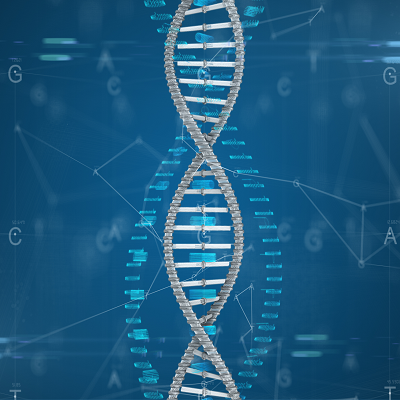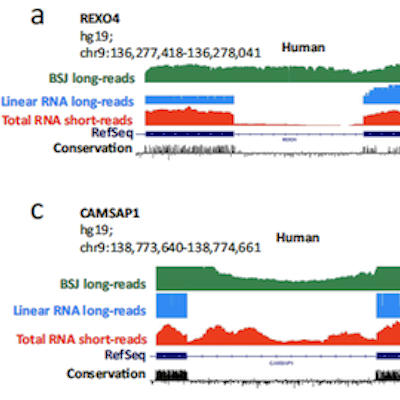February 2, 2023 -- A diagnostic study of an autism screening test in 45,000 children showed clinically accurate health record-based autism detection in 30-day-old infants, which further improved in one-year-old children. The research, published February 2 in the journal JAMA Network Open, indicates that this automated approach could be integrated with caregiver surveys to improve the accuracy of early autism screening.
An estimated 1 in 44 children in the U.S. are diagnosed with an autism spectrum disorder (ASD). The global increase in autism prevalence reflects improvements in public autism awareness and public health response. Autism likely develops from a combination of genetic and environmental influences, and may partially result from disruptions in normal brain growth early in development. It is more common in children born prematurely, and boys are four times more likely to have autism than girls.
People with ASD often have difficulty with social communication and interaction, restricted interests, and repetitive behaviors. An estimated 40% of people with autism are nonverbal, and 31% of ASD children have intellectual disabilities with significant challenges in daily function. There is no known cure for autism.
Researchers sought to answer the question of whether autism can be detected from routine electronic health records with clinically meaningful accuracy before the age of one, and to quantify the predictive value of these early autism detection models. Their retrospective diagnostic study used electronic health records data from children seen within the Duke University Health System between January 2006 and December 2020, before they were 30 days old. These data were used to train and evaluate L2-regularized Cox proportional hazards models predicting later autism diagnosis based on data collected from birth up to the time of prediction (ages from 30 to 360 days). Prediction performance was quantified in terms of sensitivity, specificity, and positive predictive value at clinically relevant model operating thresholds.
Data from 45,080 children, including 924 (1.5%) meeting autism criteria, were included in this study. The electronic health record-based early autism detection models achieved clinically meaningful accuracy at 30 days of age, and were found to be competitive with caregiver surveys collected at ages 18 to 24 months. Model accuracy improved even further by age one.
Researchers believe autism detection in early childhood is critical to ensure that autistic children and their families have access to early behavioral support. The findings of this study suggest that this automated approach to autism detection could be integrated with caregiver surveys to improve the accuracy of early autism screening. Recognizing the signs of autism early may provide affected children with beneficial treatment early in life, and help families better determine the next best steps. Such early intervention may afford the best opportunity to deliver lifelong benefits.
Copyright © 2023 scienceboard.net











